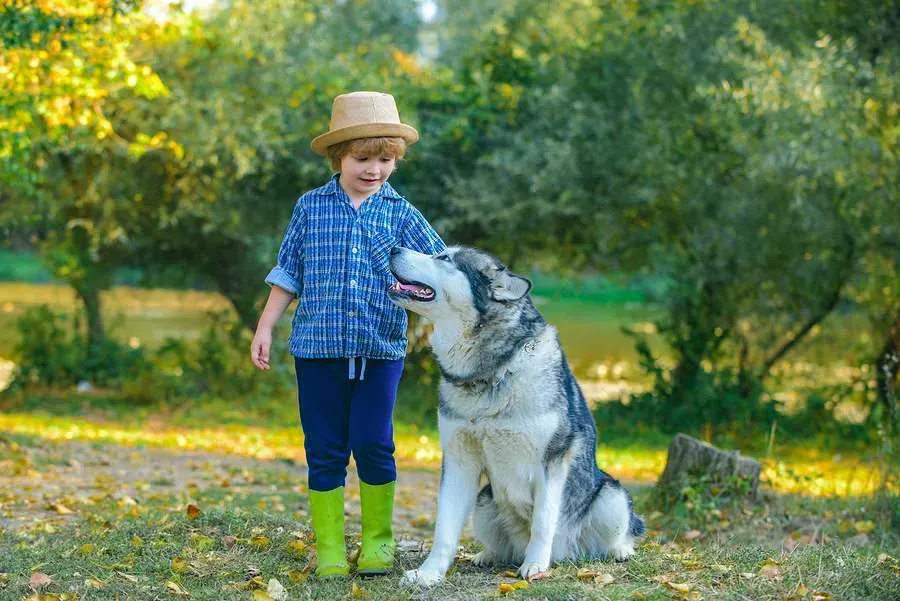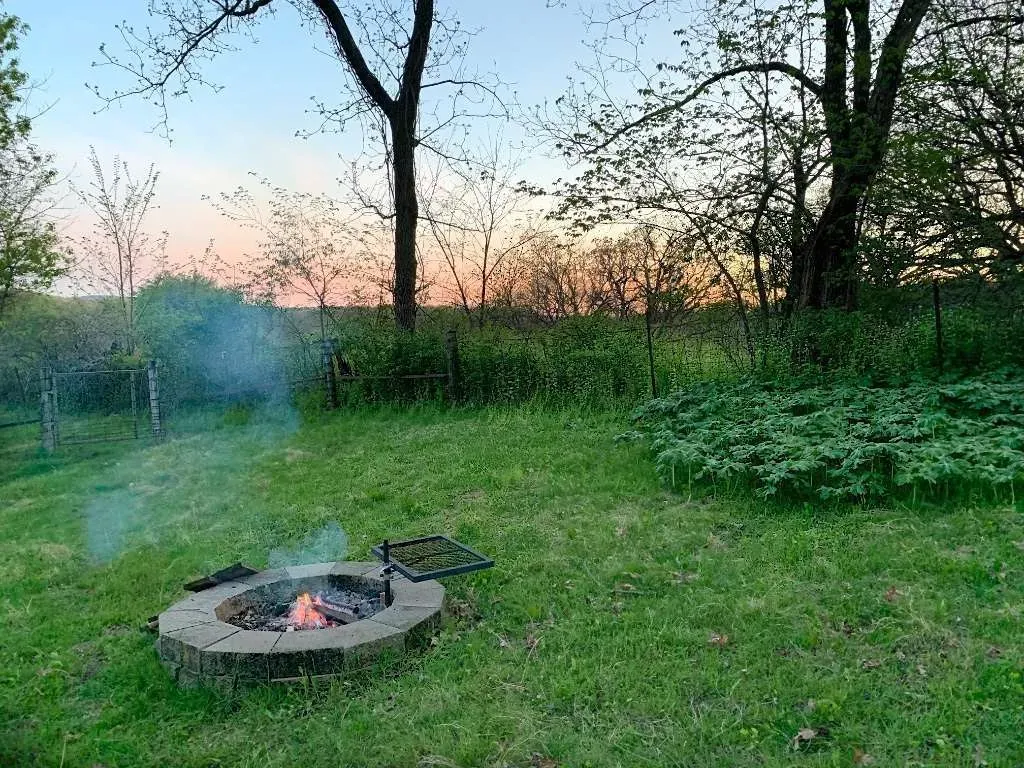Are you looking for proven ways to boost your dog’s joy and well-being? Zazie Todd’s book, Wag: The Science of Making Your Dog Happy, delivers research-backed insights into dog behavior, training, and happiness. Drawing from animal psychology and real-world studies, it offers practical tips for pet owners eager to strengthen their bond with their canine companions. Whether you’re a new dog parent or seasoned trainer, this guide transforms scientific findings into everyday strategies for making your dog happy.
 Book cover of Wag: The Science of Making Your Dog Happy
Book cover of Wag: The Science of Making Your Dog Happy
Motivation and Technique: Key Training Insights
One standout chapter, “Motivation and Technique,” dives deep into effective dog training methods grounded in science. Studies show dogs learn equally well with a clicker or a verbal marker like “Good” or “Bravo.” The key is a sharp, single-syllable cue delivered precisely—avoid drawn-out words that dilute impact.
Research also debunks the myth of the “jackpot” treat pile. One study found a single large handful performs no better than individual treats for recall speed. Instead, deliver treats one by one to maintain motivation. Timing proves crucial: Dr. Clare Brown’s experiment revealed 60% of dogs mastered a task with instant rewards versus just 25% with a one-second delay. Infrared beams and computer beeps ensured precise measurement, highlighting why split-second rewards accelerate learning.
For dog owners practicing at home, focus on timing drills. Watch pros like Ken Ramirez or Steve Martin, whose impeccable cues exemplify mastery. This is ideal for virtual training sessions—no dog required, just family fun to sharpen reflexes.
The Social Dog: Understanding Play and Bonds
In “The Social Dog,” Todd explores canine social dynamics, including the play bow’s role. Contrary to early theories by Dr. Marc Bekoff that it signals “this is play,” recent studies indicate play bows often follow pauses, inviting continued interaction. These pauses, as noted by experts like Dr. Karen London, prevent over-arousal for healthy play.
Play fosters happiness, yet the chapter could expand on matching play styles or managing excitement levels. For balanced sessions, observe your dog’s signals and intersperse breaks.
 Two dogs running and playing together in a field
Two dogs running and playing together in a field
Regular walks enhance social skills and joy. Services like rover dog walking provide safe outlets for exercise and socialization.
Dogs and Their People: Building Strong Relationships
“Dogs and Their People” examines when dogs prefer strangers over owners, offering tips to reinforce your bond. Prioritize positive interactions to keep you as their top choice.
Food management is vital too. The “Food and Treats” chapter advises portion control to combat overfeeding, a common pitfall linked to health issues.
Children and dogs demand caution. “Dogs and Children” notes a research gap despite high bite risks to kids. Supervise closely, teach gentle handling, and use positive reinforcement.
 Young boy happily playing with his dog in the yard
Young boy happily playing with his dog in the yard
Professional walkers ensure safe play. Check best dog walker insurance for peace of mind.
Practical Happiness Boosters from Science
Todd’s blog, Companion Animal Psychology, and Psychology Today column “Fellow Creatures” complement the book with ongoing research. Citations span motivation, social behavior, and human-dog dynamics, all applicable to daily life.
For walkers or trainers, apps like wag job application align with these principles, promoting happy, active dogs.
 Cozy interior of a safari tent on a farm
Cozy interior of a safari tent on a farm
Personal experiences reinforce science: Precise timing and play build trust, much like farm life joys with dogs settling peacefully outdoors.
 Campfire view from tent deck at sunset
Campfire view from tent deck at sunset
Conclusion: Science for a Happier Dog
Wag packs actionable science into an engaging read, ideal for enhancing your dog’s life. From timing treats to decoding play bows, it empowers owners with evidence-based tools. Consult vets for tailored advice, and prioritize play, training, and walks.
Explore more with famous dog walkers or dog walking headline tips. Share your dog’s happy moments below!
 Gentle sheep in a pastoral setting
Gentle sheep in a pastoral setting Close-up of a vibrant tulip in bloom
Close-up of a vibrant tulip in bloom Another detailed tulip flower photograph
Another detailed tulip flower photograph
References
- Todd, Z. (2020). Wag: The Science of Making Your Dog Happy. Greystone Books.
- Brown, C. et al. Studies on reward timing in canine training.
- Companion Animal Psychology blog: companionanimalpsychology.com
- American Veterinary Medical Association guidelines on dog-child interactions.
